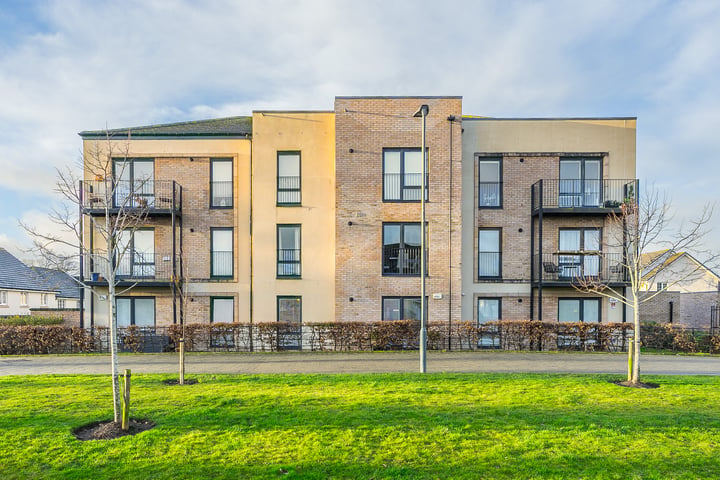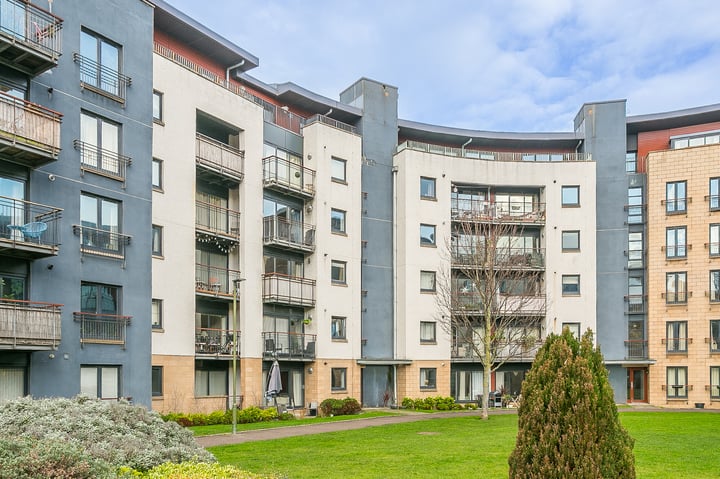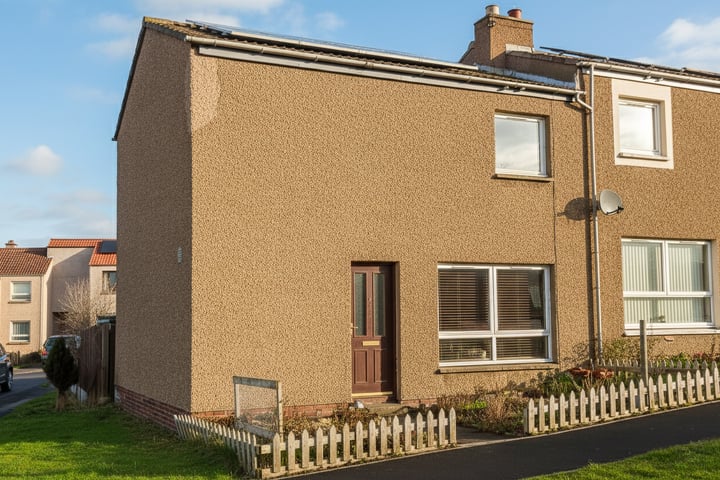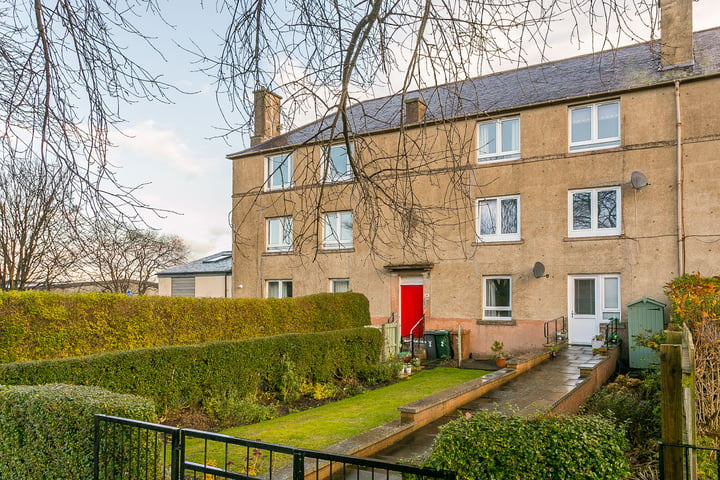Are you thinking of moving home? If you are, you might be faced with a decision between buying something that is in ‘move-in’ condition or to take the plunge and buy a property that requires a significant amount of decorative or structural work, often colloquially referred to as a ‘do-er upper’. Both choices have their upsides and downsides, so this article hopefully will help you to decide which option is best for you.
Beauty is In the Eye of the Holder…
When looking at properties online or in the window of your local estate agent, you’ll probably come across a few key phrases that will give you an indication as to the condition of the property.
‘Move-in condition’ should mean just that: a property that is ready to move into and to be lived-in from the moment that you turn the key in the lock. You may of course want to re-decorate it a little bit to suit your tastes, but it shouldn’t be a necessity. The chances are that the previous owners might have freshly painted the walls, replaced the carpets or possibly installed a new kitchen or bathroom immediately before the property went onto the market. It may well be decorated in quite a neutral style too, to appeal to as many tastes as possible, and to ensure that pretty-much all furniture that a new owner brings with them will match the decor.
‘Well presented’, or ‘immaculate condition’ tend to imply that the property has been well maintained by its previous owners. There may be a few things that you’ll want to change in due course such as decorating it to suit your tastes, installing a new kitchen or bathroom or ripping-out built-in wardrobes. Essentially, the property can be viewed as being perfectly adequate and you’ll be able to use everything as soon as you move in, however you may want to make a few changes to really make the property your own.
Of course, these terms are slightly subjective and what one person considers to be ‘well presented’ might not be up to scratch for some buyers. Over the years, we have seen several properties described as ‘well presented’ where the property really needed a lot of work as the electrics and plumbing hadn’t been upgraded for several decades, yet the carpets and decor were tidy and adequate. It’s worth bearing in mind that any estate agent has been paid by the seller to get the property sold and that they aren’t in the business of offending a client who might consider their 1970s carpets to be a design classic, so a healthy touch of cynicism may be required when reading some property descriptions, especially in the absence of many photographs of the property. Incidentally, on that note, an absence of photographs may not simply be because the photographer’s batteries ran-out after taking one picture of the exterior!
Any properties that ‘require modernisation’ or ‘could benefit from some TLC/decorative upgrading’ are just that. It could be windows that need replacing or updating, there may be very dated decor or an extension that was erected in the 1960s that, to the more modern eye, may look a little out of place. The chances are that many of these issues will be flagged-up to you in the Home Report, with a ‘2’ or a ‘3’ rating beside them (where ‘1’ is the best and ‘3’ is the worst), so it’s worth viewing the Home Report prior to visiting the property. If the property requires modernisation, it may need telephone points installed or the electrics may require some attention as it’s possible that the out-of-date decor indicates that much of the rest of the house hasn’t had much attention in the past few years either.
If a property requires complete refurbishment, this will often be stated in the advert. Do take this with a pinch of salt though as you will see very few properties advertised as, ‘a complete tip’, ‘a wreck’ or ‘best avoided by those of a nervous disposition’. So be prepared for a range of property conditions if you see these words. If you purchase a property that requires a ‘complete refurbishment’ or ‘renovation’, be prepared to potentially re-wire and re-plumb it, address any structural issues, re-plaster walls, or replace the kitchen and bathroom suites. Only after all of these issues have been sorted can you begin to think about wielding a paintbrush.
To Renovate or Not to Renovate?
Obviously, the advantage of buying a property that requires a lot of work is that it will be more affordable at the outset. However, it will of course then require money and time to get it up to scratch. So which option is best for you? Both options have their advantages and disadvantages. Let’s review them.
[table type=”striped_bordered”]
[trow]
[thcol]Property Condition[/thcol]
[thcol]Advantages[/thcol]
[thcol]Disadvantages [/thcol]
[/trow]
[trow]
[tcol]Move In Condition[/tcol]
[tcol]
- Ideal if you don’t want the bother of doing any work to a property
- Great for families with young children, expanding families or older people who may not be comfortable with work occurring whilst in situ
[/tcol]
[tcol]
- Move in condition properties are popular and very sought after by buyers wanting to avoid any work so there will be more competition
- The additional competition will drive up the price
- You may feel guilty about putting your stamp on the property, replacing perfectly good and relatively new fixtures and fittings
[/tcol]
[/trow]
[trow]
[tcol]Well Presented[/tcol]
[tcol]
- Great if you want to make some changes but need a little time to save some money; the property is liveable
- You’ll be able to put your own stamp on the property and not feel guilty about ripping out a brand new kitchen that’s just not to your taste!
[/tcol]
[tcol]
- These properties are also very popular so you may feel as if you are paying a bit more money for something you’ll want to change later
- Beauty is only skin deep. A well presented property might be hiding more serious issues underneath
[/tcol]
[/trow]
[trow]
[tcol]Requires Modernisation[/tcol]
[tcol]
- If you are the one to install new windows or re-wire the property, you know the quality of what you’re moving-in to
- Being able to prove when new bits were added or installed might help you sell in future
[/tcol]
[tcol]
- The term ‘modernisation’ could cover a multitude of sins. Make sure you really know what you’re getting into, especially if you plan to live in it whilst the work occurs
- Once a few layers are peeled back the property make require more work than you initially thought which means more time and expense that you may not have planned for
[/tcol]
[/trow]
[trow]
[tcol]Complete Refurbishment[/tcol]
[tcol]
- Renovation projects are a blank canvas – you get to have exactly what you want, where you want it!
- You’re likely to be able to pick up your ideal property for far cheaper and you’ll easily add value to it
[/tcol]
[tcol]
- Don’t underestimate the level of time, money and patience required to renovate a property; it’s frequently more than you think it should be
- Ideally you shouldn’t live in the property during a renovation for health reasons so you may need to budget for a second property to reside in whilst the work is going ahead
- It’s not uncommon that there is a feeding frenzy on seemingly great value properties, pushing the price far beyond what is reasonable given the work required
- You can’t get a mortgage on the amount of money required to do the renovation work, so you need a lot more cash readily available to make the purchase
[/tcol]
[/trow]
[/table]
Horses for courses
Before deciding whether or not to take on any kind of work, whether that be tackling a renovation or just painting one room, you need to think about how much time and money you would be willing to spend on the property. For some people a renovation may be completely out of the question if you have dependents or a very busy, stressful job. For others, it may be an opportunity to get their hands on the kind of property they couldn’t otherwise have afforded as long as they are prepared for it to take a little while and to do some of the work themselves. It all comes down to personal preference and your own circumstances.
There are some great bargains to be had if you’re in a position to renovate a property but be prepared for delays, spiralling costs and maddening situations. However, it can all be worth it in the end when you move-in to your own purpose-built and designed property.
Likewise, sometimes there really is nothing better than paying for convenience and knowing that, once you’re in, you’re in and there’s finally an end to the stress of moving. Considering moving house is one of the most stressful things you can ever do, so why add to the stress?
Deciding what the condition of the property you eventually buy will be is a hugely personal decision and one that will be very specific to your personal circumstances. By making sure you know the advantages and disadvantages of all types of properties, you’ll go into any decision with your eyes open, ensuring that you’ll be very happy in your new home for many years to come.







Leave a Reply